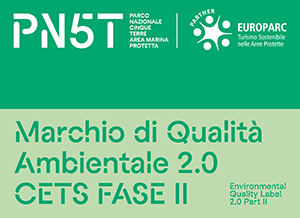Le Cinque Terre
The village of Manarola was founded around the 12th century
The village of Manarola was founded around the 12th century by people from Volastra (the 'vicus oleater' - village of olive trees). More likely for Volastra, however, is the origin of the Ligurian etymology such as 'Viassa' (Biassa); Vappa (Viapra); Strà etc. Volastra was, after all, since antiquity a post station used by the Romans for changing horses along the high coastal road prior to the Via Aurelia (109 BC). From the hills above, therefore, groups of farmers descended towards the sea, giving rise to this new coastal settlement.
Manarola was a fief of the Marquises of Carpena, then passed to the powerful Fieschi lords, originally from Lavagna, ceded to them by the Bishop of Luni in 1252. The village is mentioned for the first time in a document from 1266. Manarola was the birthplace of Linibaldo Fieschi, Pope Innocent IV (1243-1254), the man who excommunicated Frederick II and called for the Seventh Crusade. The town suffered many Saracen incursions. There was a castle to defend the village and its inhabitants, built by the Fieschi family on the cliff overlooking the sea, of which only a bastion remains today, incorporated into a dwelling. In 1273, the village and castle were attacked by Genoese galleys and put to the sword. In 1276, the Fieschi were defeated and Manarola passed to the Republic of Genoa, which has followed its fortunes ever since.
More news:
- 16th century: numerous raids by Barbary pirates throughout the Cinque Terre.
- 1608: the Cinque Terre lose their function as a podesta office, Manarola passes under the captaincy of La Spezia.
- 1874 - 1880: thanks to the construction of the Genoa - La Spezia railway line, the Cinque Terre emerge from their isolation, giving rise to a slow but progressive economic improvement.
- 1926 - 1928: doubling of the railway line.





